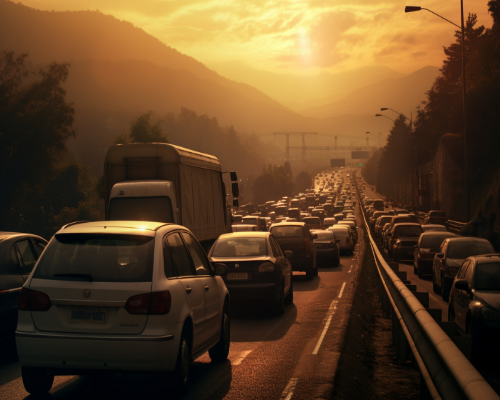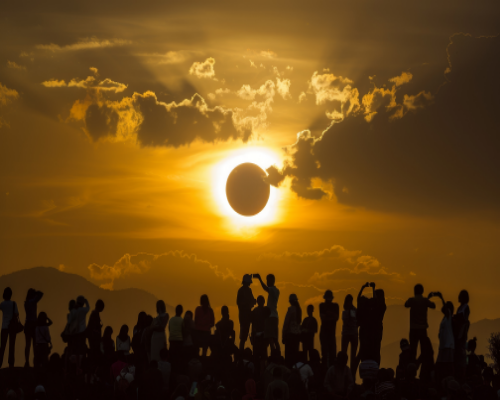As I watched the battle unfold, I noticed movement up on the ridge, a few hundred meters below the fire’s leading edge. There was a big bulldozer working along the steep slope beneath the flames, cutting a wide firebreak halfway between the highway and the fire’s edge.
This guy had no fear and a giant pair. If the steepness of the slope didn’t topple him over, the 100-foot flames could have easily incinerated him on that hill. Then I noticed maybe a dozen men on foot, working in the path of the dozer, hand-removing anything flammable that the machine had rolled over and left behind.
I have more respect for firefighters, or as these guys were called, hotshots, than ever before. While I thought I knew what they did, seeing it firsthand was incredible.
I headed back toward the car, scanning for an escape route in case the fire advanced. Unfortunately, there was a 50-foot-wide, 20-foot-deep ditch between the two directions of I-5, with no bridges or ways to cross. All I could think of was crossing by foot and walking north on the other side.
If things got that bad, I figured the authorities would send evacuation help, the only way they could get close would be by driving south in the northbound lanes. Back at the car, I explained what I had seen. There was nothing we could do, a helpless feeling, being trapped between a monster devouring everything in its path and thousands of parked cars.
So, we sat and waited.
Sirens continued to announce the flights of each bomber, warning people on the ground to take cover. Every time there was a water drop, we could see the smoke change from dark to nearly white, basically steam, as most of the water likely evaporated before reaching the fire. Some drops landed behind the fire line, cooling down hot spots, while others hit in front of the flames. Those probably made the biggest difference, soaking the tinder before ignition and keeping the fire from leaping into the canopy.
Feeling helpless, we waited, three, maybe four hours, until I heard a PA announcement approaching. I got out of the car to listen:
“THE FIRE IS UNDER CONTROL. WE WILL BE OPENING THE TRAFFIC LANES SHORTLY. RETURN TO YOUR VEHICLES AND PREPARE FOR AN ORDERLY DEPARTURE.”
Cheers and honking filled the air. It took another fifteen minutes before we heard engines starting, then saw the first movement ahead.
As we passed the active area, I could see several hundred firefighters on the ground and dozens of trucks, bulldozers, and tankers. They had all come in from the other side of the fire. The flames had gotten much closer to the freeway than I had guessed, even crossing over the firebreak cut by the bulldozer.
Still, there was a silver lining. Southbound traffic had been stopped for about five hours, which meant miles of clear road ahead of us. Behind us, though, stretched thirty miles of backed-up cars. For the first time that day, I felt like I’d caught a break.
It was clear sailing, though still smoky, as we headed for the California state line.


